45+ Sample Risk Assessments
-

Water Quality Risk Assessment
download now -
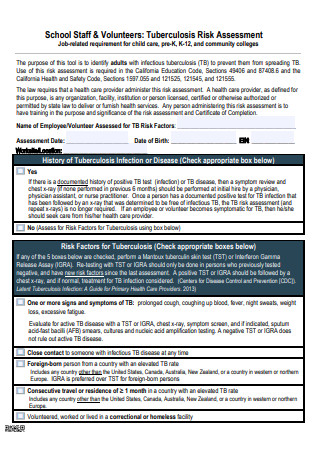
School Staff Risk Assessment
download now -
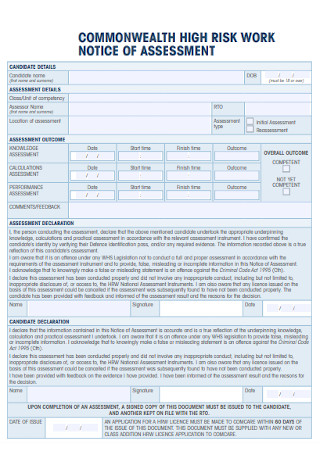
Work Risk Notice of Assessment
download now -
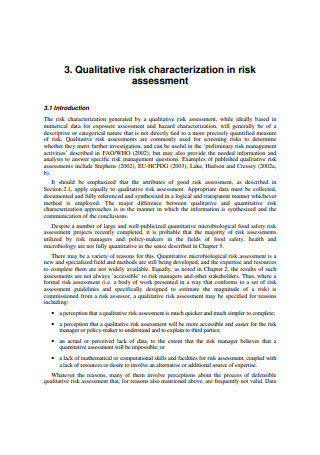
Qualitative Risk Assessment
download now -
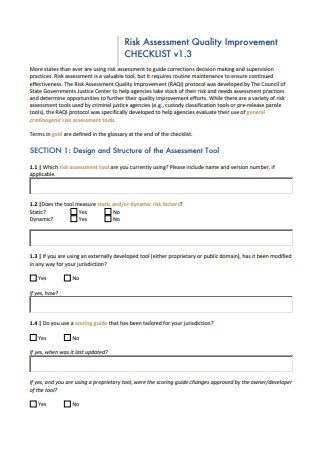
Risk Assessment Improvement Checklist
download now -
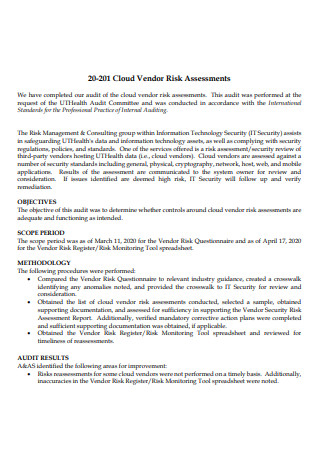
Cloud Vendor Risk Assessment
download now -

Fire Risk Assessment Template
download now -
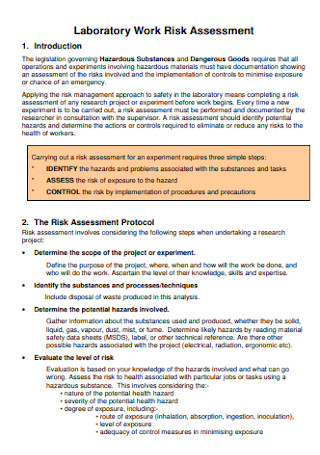
Laboratory Work Risk Assessment
download now -
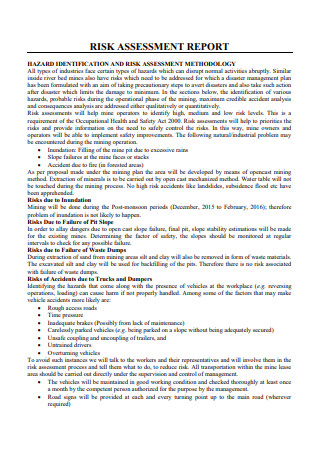
Risk-Assessment-Report-Template
download now -
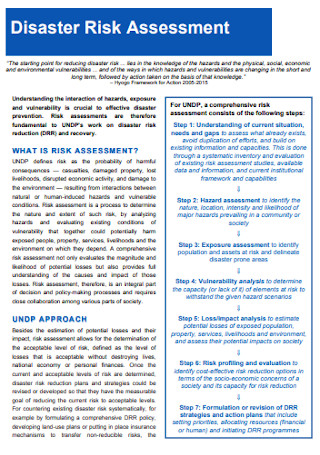
Disaster Risk Assessment
download now -
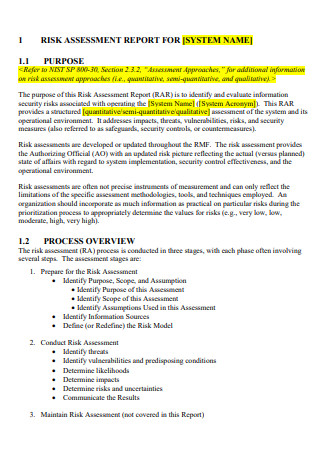
Basic Risk Assessment Report
download now -
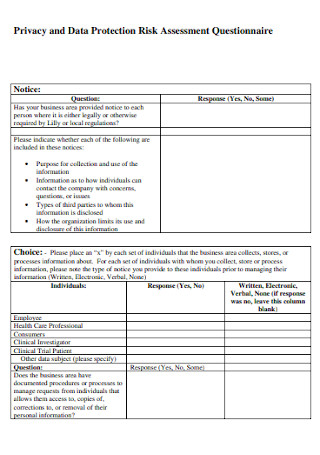
Risk Assessment Questionnaire
download now -
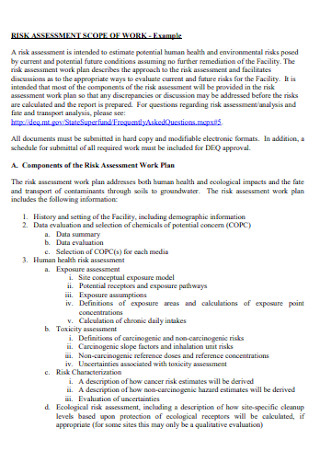
Risk Assessment Scope of Work
download now -
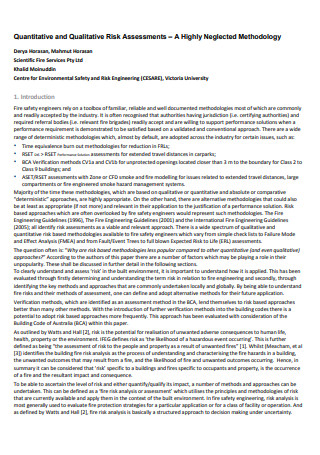
Quantitative and Qualitative Risk Assessment
download now -
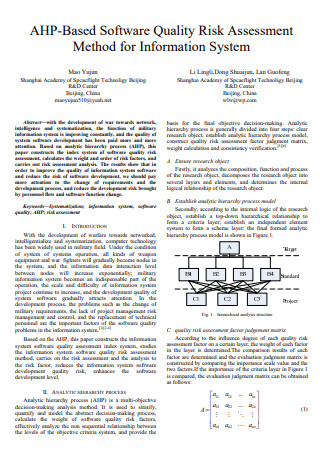
Software Risk Assessment
download now -

Environmental Risk Assessment
download now -
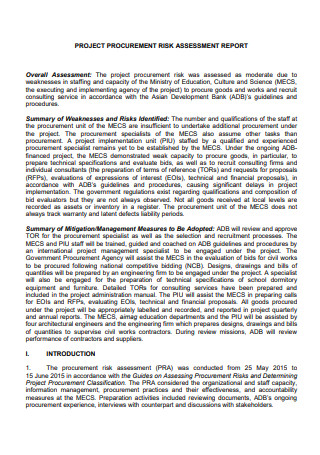
Project Procurement Risk Assessment Report
download now -
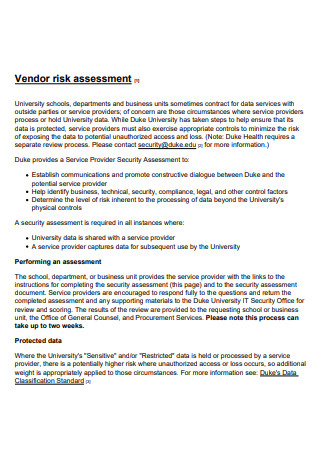
Basic Vendor Risk Assessment
download now -
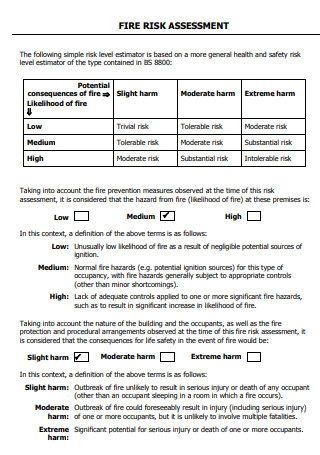
Basic Fire Risk Assessment
download now -
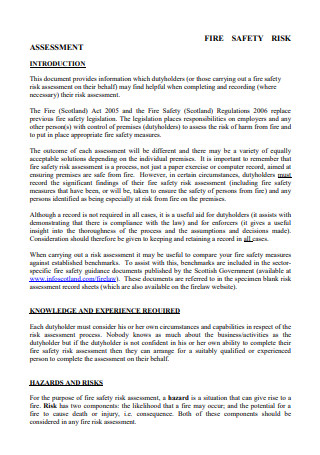
Safety Risk Assessment
download now -
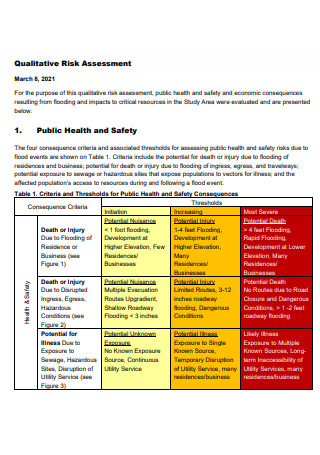
Qualitative Risk Assessment Example
download now -
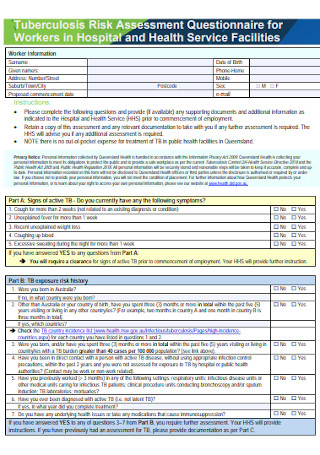
Risk Assessment Questionnaire for Workers
download now -
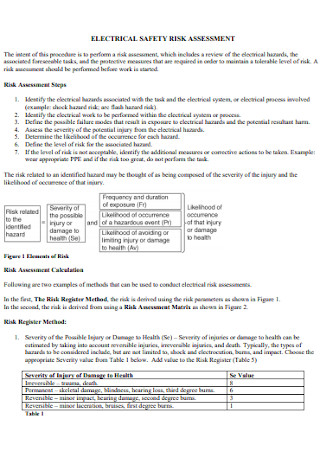
Electrical Safety Risk Assessment
download now -
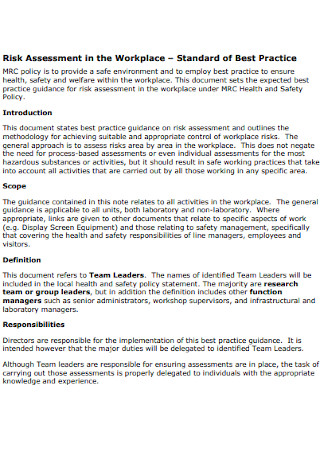
Risk Assessment in Workplace
download now -
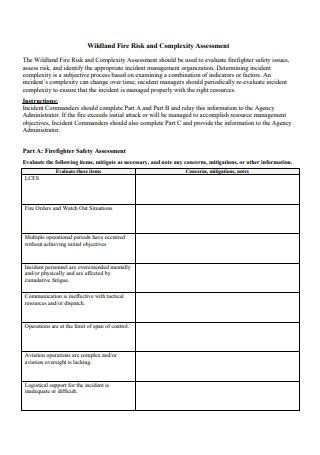
Risk and Complexity Assessment
download now -
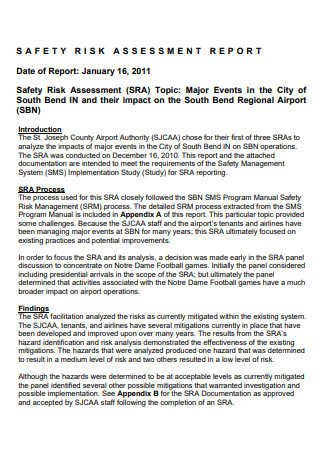
Safety Risk Assessment Report
download now -
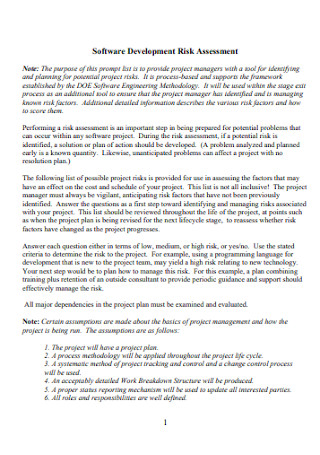
Software Development Risk Assessment
download now -

Client Profile Riak Assessment
download now -
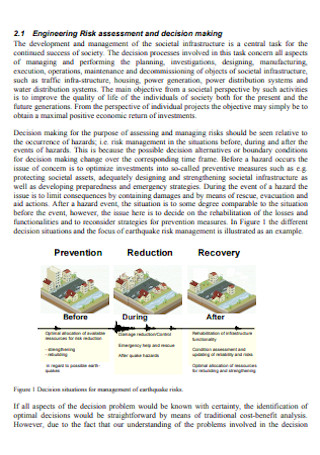
Engineering Risk Assessment
download now -
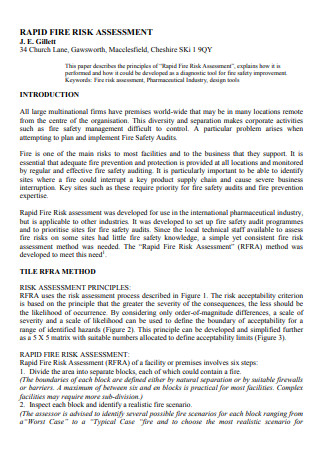
Rapid Risk Assessment
download now -
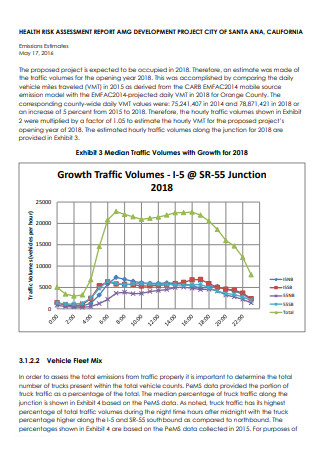
Health Risk Assessment
download now -

Risk Assessment Plan Template
download now -
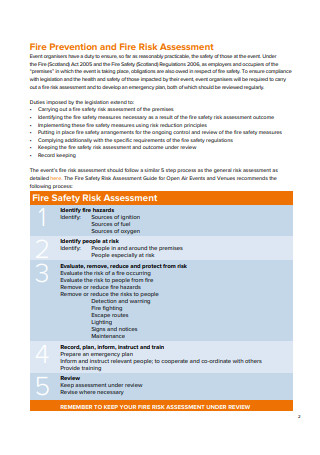
Fire Prevention and Fire Risk Assessment
download now -

Risk Assessment Inspection Report
download now -
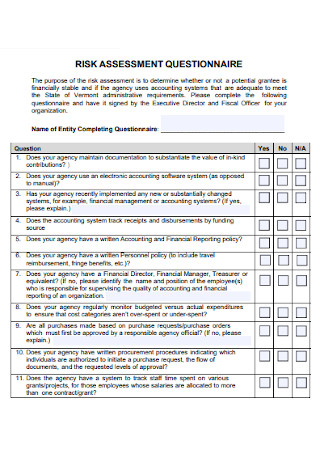
Basic Risk Assessment Questionnaire Template
download now -
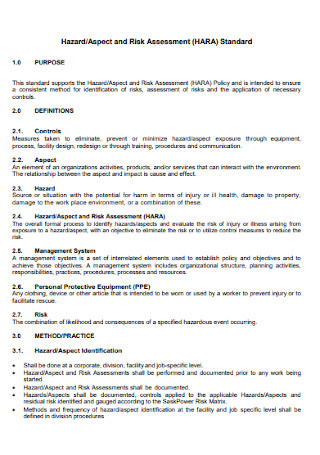
Aspect and Risk Assessment
download now -
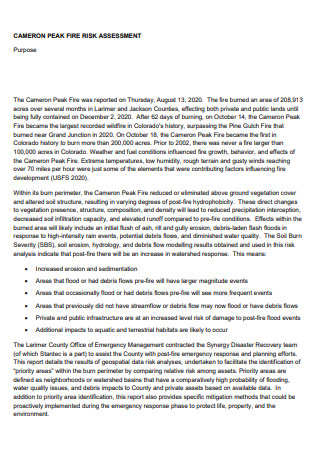
Peak Risk Assessment
download now -
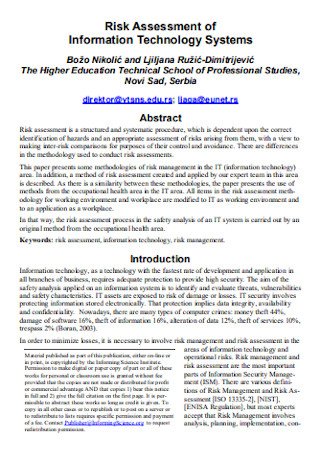
Risk Assessment of IT System
download now -
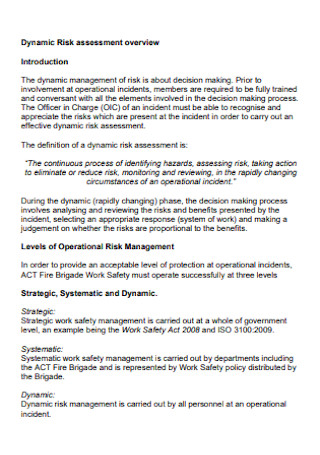
Dynamic Risk Assessment
download now -
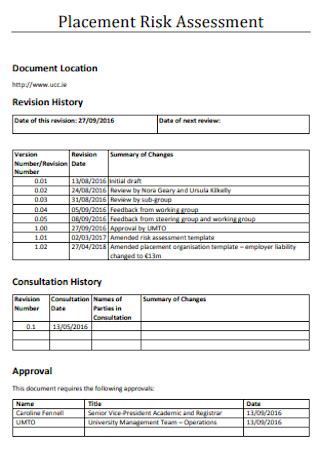
Placement Risk Assessment
download now -
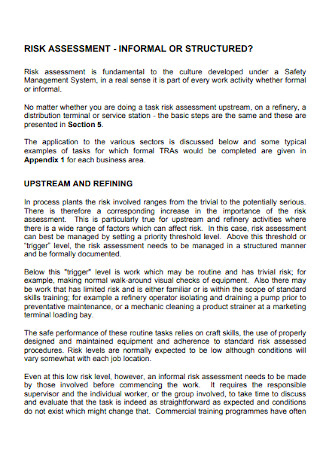
Task Risk Assessment
download now -
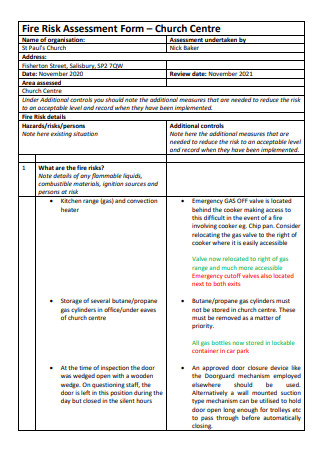
Fire Risk Assessment Form
download now -

Probability Risk Assessment
download now -
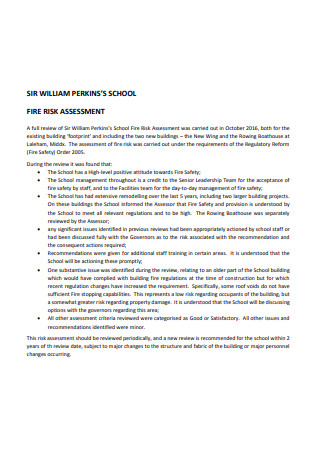
School Risk Assessment
download now -
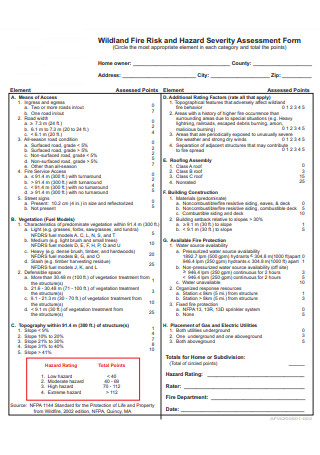
Risk and Hazard Severity Assessment Form
download now -
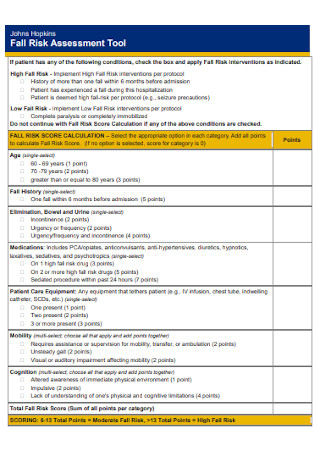
Fall Risk Assessment
download now
FREE Risk Assessment s to Download
45+ Sample Risk Assessments
What Is a Risk Assessment?
Benefits of a Risk Assessment
Types of Risk Assessment
How to Do a Risk Assessment
FAQs
What Does It Mean to Take a Positive Risk?
Is it necessary for employees to sign risk assessments?
Is it necessary to conduct a risk assessment for each task?
What type of hazard control is the most effective?
What Is a Risk Assessment?
Identifying threats that potentially negatively influence an organization’s ability to conduct business is known as risk assessment. These evaluations aid in identifying these inherent business risks and implement procedures, processes, and controls to mitigate their influence on corporate operations. A risk assessment framework (RAF) can be used by businesses to prioritize and share the contents of their evaluation, including any threats to their information technology (IT) infrastructure. The RAF assists a company in identifying prospective hazards and business assets that may be put at risk as a result of these hazards and the potential consequences of these risks materialize. According to statistics, risk events have a 61 to 90 percent chance of occurring, whereas improbable occurrences have a less than ten percent chance of happening.
Benefits of a Risk Assessment
In its most excellent form, a risk assessment aids an organization in improving its security policy. On the other hand, this in-depth analysis provides a slew of additional benefits that are priceless to any business. The following are 9 advantages of a risk assessment for the firm, the IT department, and everyone:
Types of Risk Assessment
This section will discuss the five different types of risk assessment and when to use them. Before we begin, it’s critical to remember that different types of risk assessment can be used in conjunction with one another. Certain components of each type may be included in a single risk assessment. With any risk assessment, the assessor should be familiar with the work being assessed to determine which hazards must be managed. Additionally, they should be competent in the risk assessment process, identify high risks and the actions that may be required to mitigate them.
Qualitative Risk Assessment
The most prevalent type of risk assessment is qualitative risk assessment. This form of risk assessment is expected in the workplace. It is based on the assessor’s judgment and knowledge. They will typically rely on their own experience, but they will also seek advice from others doing the activity and best practice guidelines. Any risk assessment for health and safety will begin with a simple qualitative assessment. The assessor will categorize risk into levels in a qualitative risk assessment, usually high, medium, or low. A qualitative risk assessment looks at the likelihood of someone being injured and determines if the risk is high, medium, or below. Any high hazards, like any other sort of risk assessment, must be addressed first and foremost. Low-level threats can be revisited later, or they may not necessitate any additional action.
Quantitative Risk Assessment
The quantitative risk assessment is used to assign a numerical value to risk. This sort of risk assessment is more likely to be utilized in the case of substantial hazards, such as aircraft design, complicated chemical plants, or nuclear power plants. Quantities measured could include the presence of chemicals or machinery-related dangers, as well as modeling methodologies and estimates. When some risks or components of a risk assessment can be measured while others must be judged, a qualitative risk assessment can become semi-quantitative.
Generic Risk Assessment
Generic risk assessments consider the most prevalent hazards associated with a task or activity. The purpose of generic risk assessment is to eliminate duplication of effort and documentation. This type of risk assessment considers the hazards associated with an action in a single assessment, even if the activity is carried out in multiple work areas or on various sites. A generic risk assessment is frequently used across multiple locations, departments, or companies for similar activities or equipment. It can serve as a risk assessment template, outlining the hazards and risks typically associated with the training plan. It’s critical to remember that, while risks related to an activity may be consistent across locations, changes in the environment can alter risk levels or even introduce new hazards. Using generic risk assessments as a starting point for a site-specific risk assessment is probably the best course of action.
Site-Specific Risk Assessment
A site-specific risk assessment has been done for a specific piece of work and considers the site’s location, environment, and workers. Your risk assessment for your unique location could be qualitative or quantitative. Starting with a general risk assessment template is an excellent place to start. However, it would help if you concluded with a site-specific risk assessment appropriate and sufficient for the threats that exist. Consider a generic risk assessment for drilling, for example. Entanglement with revolving parts, projectiles, contact with heated tool parts during usage, vibration, and noise would all be covered. However, are there any unusual risks on your property that could modify the risk level? Additional restrictions, such as atmospheric testing, a work authorization, and a rescue plan, may be required. A site-specific risk assessment will look at more than just the usual dangers. It will also take into account the exceptional.
Dynamic Risk Assessment
A dynamic risk assessment is a method of evaluating risk in a real-time setting. This sort of risk analysis is frequently used to deal with unknown threats and uncertainty. It could be utilized by emergency responders or care providers, for example, who must cope with rapidly changing situations. These types of cases must be evaluated regularly. Is the original risk assessment still relevant if there are significant changes? Should you attempt to resolve the problem? Is it safe to proceed? The level of ‘unknown’ threats should be assessed in a formal risk assessment. Workers must have the abilities and awareness to recognize and deal with danger when a specific element of dynamic risk analysis is required. When a risk assessment has active components, workers must have the confidence and judgment to recognize when it is not safe to proceed. Extra training will aid in developing these abilities, especially for lone workers who may not have anyone around to approach for advice.
How to Do a Risk Assessment
There are no complex rules for conducting a risk assessment, but a few general principles should be followed. Five risk assessment steps can be followed to ensure that your risk assessment is conducted correctly. These five steps are as follows:
Step 1: Identify potential dangers.
You need to understand the difference between a risk and a risk to identify hazards. A risk is “something that could cause harm” and “the chance that the potential harm would be realized.” Hazards can be identified through various methods, such as working or asking your employees to walk around the workplace.
Step 2: Determine who might be hurt and how they might be harmed.
After you’ve identified a few dangers, you’ll need to figure out who might be injured and how they might be harmed, such as “those working in the warehouse” or “members of the general public.”
Step 3: Assess the hazards and decide on control strategies.
You must next safeguard the people from damage after “identifying the hazards” and “deciding who might be injured and how.” Hazards can be eliminated, or risks can be reduced to the point where the injury is unlikely.
Step 4: Keep track of your findings.
It is a legal requirement if there are five or more employees to write down their results. Recording the findings demonstrates that you have identified the hazards, determined who might be hurt and how, and how you plan to reduce the risks and threats.
Step 5: Review your assessment and make any necessary changes.
Remember that few workplaces remain the same over time. Thus this risk assessment should be revisited and revised as needed.
FAQs
What Does It Mean to Take a Positive Risk?
Any condition, event, occurrence, or situation that can positively influence a project plan or business is a positive risk. Taking a chance doesn’t have to be all bad; there are benefits to taking a chance. It has the potential to benefit your project and its smart goals.
Is it necessary for employees to sign risk assessments?
Risk assessments are a legal necessity, so if you’re searching for a clear yes or no response, the answer is yes. They are, at the very least, a legal obligation at work. Risk assessment is so critical that the Management of Health and Safety at Work Regulations have a section dedicated to it.
Is it necessary to conduct a risk assessment for each task?
Every circumstance necessitates a risk assessment; however, high-risk tasks reports such as restricted space entrance, diving work, and live electrical work necessitate a more thorough review. There are other scenarios where a hazard, such as noise or airborne toxins, may have a specified exposure standard.
What type of hazard control is the most effective?
Elimination is the process by which a hazard is removed from the workplace. It is the most effective method of risk control because the danger is eliminated. It is the preferred method of hazard control and should be utilized whenever possible.
Risk assessment is a time-tested technique for identifying and evaluating factors that could jeopardize the success of a business or project. It enables you to assess the risks you and your organization face and assists you in deciding whether or not to continue with a decision. A risk assessment is carried out by identifying threats and estimating the likelihood of those threats materializing. Once you’ve determined the value of the risks you face, you can begin considering effective risk management strategies. This may include avoiding the risk, sharing it, or accepting it to mitigate its impact. Not only can this assist you in making rational choices, but it can also help alleviate stress and anxiety. When conducting your risk assessment, you must be thorough and aware of all possible consequences of the risks identified. This includes being mindful of cost sheets, ethics, and the safety of others.
